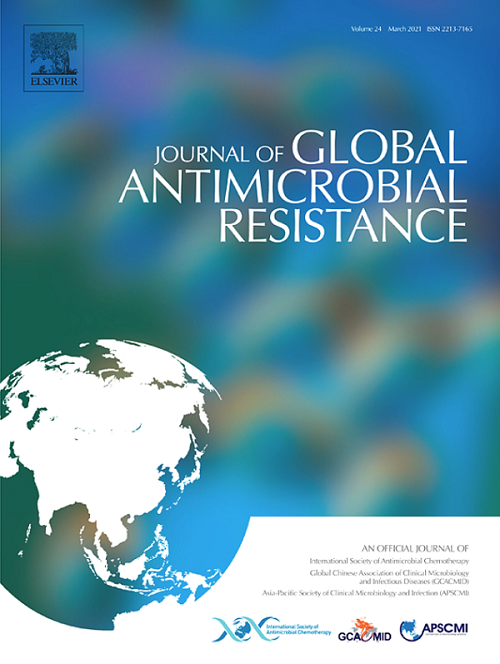Addressing barriers in antimicrobial stewardship: a guide from research to implementation
IF 3.7
3区 医学
Q2 INFECTIOUS DISEASES
引用次数: 0
Abstract
AIM
This review aimed to identify barriers to the implementing Antimicrobial Stewardship (AMS) programs and recommend solutions to address these challenges.
BACKGROUND
Antimicrobial resistance (AMR) is a major global health threat and AMS programs are crucial for optimizing antimicrobial use and reducing resistance.
METHODS
A comprehensive literature review was conducted using PubMed, Scopus, and Google Scholar. Studies were selected based on predefined criteria focusing on barriers to AMS implementation.
RESULTS
Many countries lack or fail to implement National Action Plans (NAPs) on AMR; regulatory gaps like over-the-counter antibiotic sales have impact on AMS efforts. Preventive measures such as infection prevention and control, vaccination, sanitation and hygiene are often low priorities. Developing countries face resource constraints, including limited human resources, diagnostics, and antibiotic access. The absence of national guidelines and training exacerbates knowledge gaps. Siloed work environments often inhibit interdisciplinary collaboration; cultural habits, prescriber autonomy, self-medication, patient compliance, poor surveillance data, and pharmaceutical industry influence pose additional barriers to AMS.
To overcome these barriers, governments should enforce NAPs, establish strict regulatory frameworks, and prioritize preventive measures. Strong leadership, integration of AMS into national policies, and resource allocation are crucial. Bridging knowledge gaps through guidelines and training, promoting interdisciplinary collaboration, and raising public awareness are essential. Regulating the pharmaceutical industry, investing in robust surveillance systems, and evaluating principles are also important tools.
CONCLUSIONS
Overcoming AMS barriers needs a holistic approach. Addressing these barriers can bridge the gap between scientific evidence and real-world practices, leading to more effective AMR management.
求助全文
约1分钟内获得全文
求助全文
来源期刊

Journal of global antimicrobial resistance
INFECTIOUS DISEASES-PHARMACOLOGY & PHARMACY
CiteScore
8.70
自引率
2.20%
发文量
285
审稿时长
34 weeks
期刊介绍:
The Journal of Global Antimicrobial Resistance (JGAR) is a quarterly online journal run by an international Editorial Board that focuses on the global spread of antibiotic-resistant microbes.
JGAR is a dedicated journal for all professionals working in research, health care, the environment and animal infection control, aiming to track the resistance threat worldwide and provides a single voice devoted to antimicrobial resistance (AMR).
Featuring peer-reviewed and up to date research articles, reviews, short notes and hot topics JGAR covers the key topics related to antibacterial, antiviral, antifungal and antiparasitic resistance.
 求助内容:
求助内容: 应助结果提醒方式:
应助结果提醒方式:


